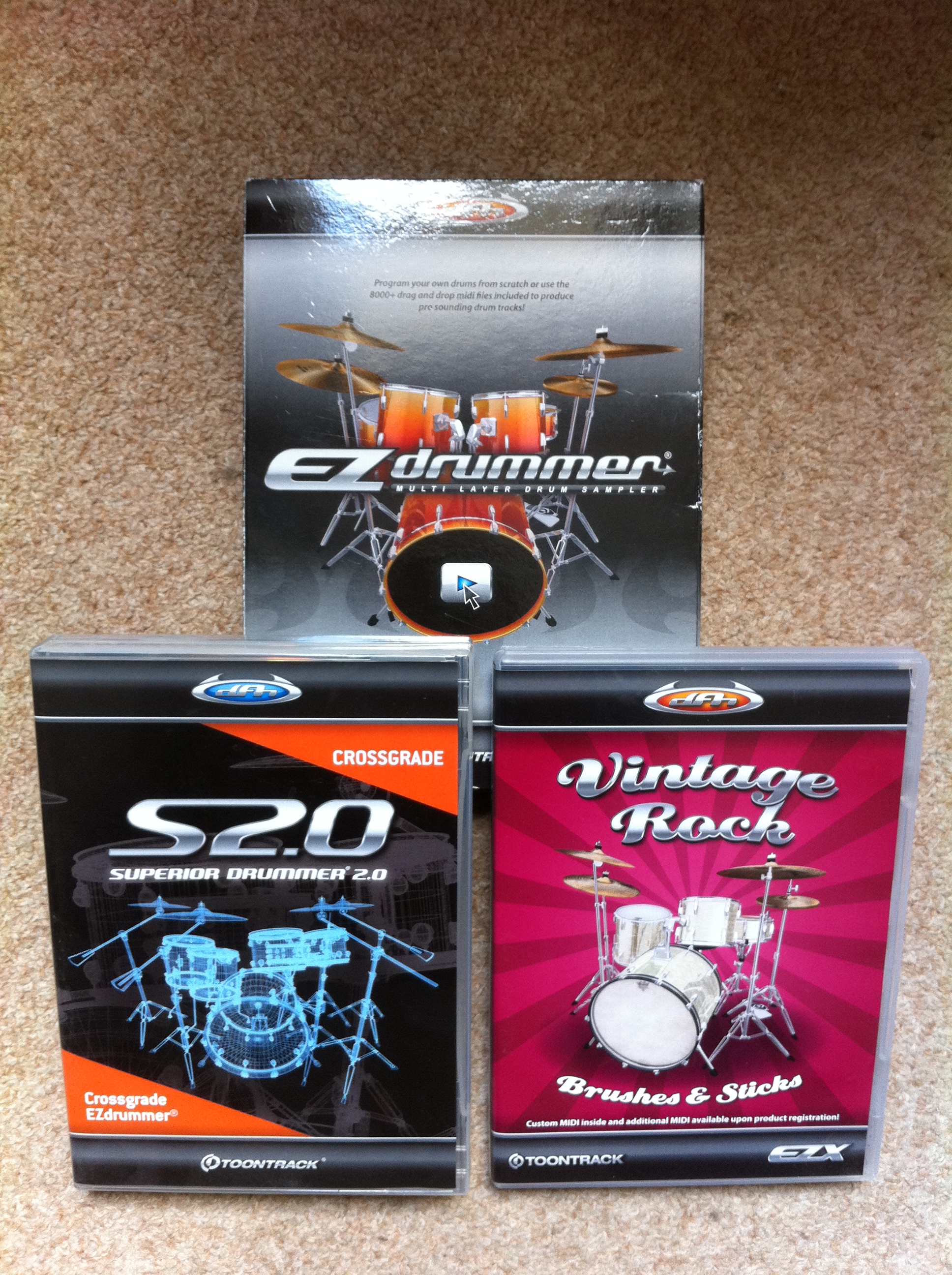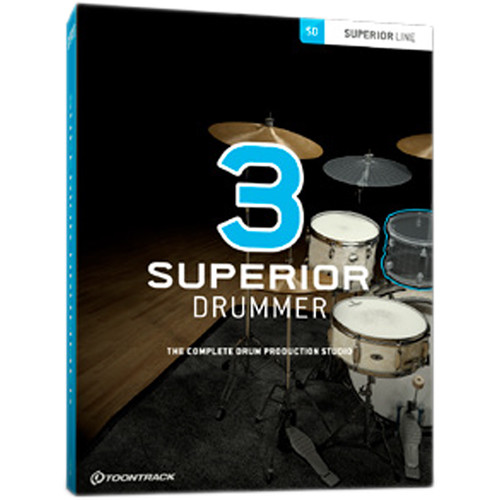

Throughout the rest of the series you’ll explore the sound of other drum giants such as John Bonham, Steve Gadd, Joe Morello, Neal Peart, Chad Smith, Stewart Copeland, and Phil Collins, all with complete breakdowns of what makes their sound their own, and how to bring them to life with Superior Drummer. He then starts with the legendary Jeff Porcaro, breaking down his sound and how to mimic it with Superior Drummer 3.

Luke welcomes you and then explains his thought process in creating this series and provides you with some insight into how he started each mix, and what you can expect to find throughout this tutorial series.
Snare: Circled noteheads for cross-stick (pt.In this video tutorial series, Superior Drummer 3 guru Luke Oswald shows you how to recreate some of the most iconic drum sounds in recorded drumming history! See how to make the sounds of some of the biggest names in drumming, all using the stock sound library in Superior Drummer 3!. Regular noteheads for regular articulations (pt.natural). You may wish to manually edit openness with CC4, but you will need to create mappings for MIDI notes 9, 18, 19, and 20, perhaps using a hidden playing technique. 
(pt.staccato, pt.tenuto, pt.open2, pt.halfOpen).
Hi-hat: Openness is controlled with a combination of staccato/tenuto articulations, as well as the o and ø playing techniques. Ride: “edge” triggers the Edge articulation (pt.rim). The “shank” and “tip” playing techniques trigger the corresponding stick articulations (pt.stickShaft) (pt.stickTip). The + playing technique triggers the Mute Hit articulation (pt.closed). Triangle noteheads for bell articulations (pt.bell). X noteheads for regular articulations (pt.natural). You can open the file for reference and/or import the playback template. Here’s one I made that I’ve been using with reasonable success.







 0 kommentar(er)
0 kommentar(er)
